Inflation is a process characteristic of almost any modern economy. There are quite a few approaches to its classification. So, modern economists distinguish two of its main varieties - inflation of supply and demand. The occurrence of both trends can be determined by various factors. Their influence on the state economy can also be dissimilar. What is the specificity of the noted types of inflation? What economic indicators should be taken into account simultaneously with indicators characterizing the corresponding trends?
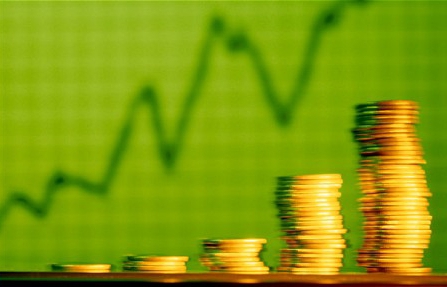
The essence of inflation
What is inflation? This term is understood as an economic trend, which reflects a decrease in the purchasing power of the state’s monetary currency relative to goods and services sold in the national economy.
Inflation is calculated in terms of last year. For example, if a kilogram of apples in 2013 cost 100 rubles, and in 2014 - 120, then the depreciation of the ruble relative to the value of apples will be 20%. In turn, if in 2015 the cost of fruits amounted to 126 rubles, then “apple inflation” in this case is 5%, not 26%, from the moment of the first measurement in 2013.
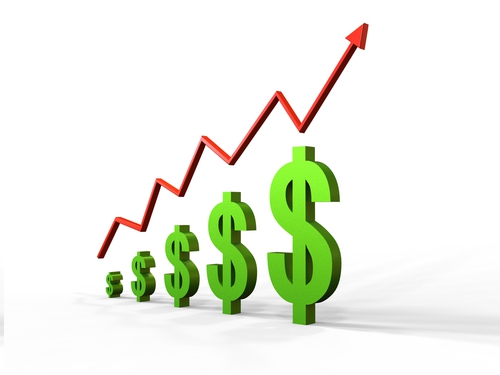
The term in question means a forced increase in the Central Bank of the money supply emitted and released into the country's economy, which is predetermined by:
- too high population demand for goods and services with insufficient supply thereof;
- too little supply of goods and services with continuing demand dynamics.
Both trends are evaluated differently in terms of impact on the economy. Thus, there is inflation of supply and demand.
The economic trend under consideration is an internal characteristic of the economic system. As a rule, inflation is not taken into account, given the correlation with exchange rates in the foreign exchange market. First of all, because quotation values change very often and do not always correlate with prices. Thus, in most cases, the depreciation or appreciation of the ruble against the US dollar is not related to inflation of demand or supply. At the same time, given the strong dependence of the economy on imports and the continued level of demand, the increase in prices for goods and services, of course, can to some extent also depend on the exchange rate of the national currency.
Consider the specifics of the two noted economic trends in more detail.
The essence of demand inflation
Demand of inflation is formed if the population (or enterprises acting as purchasers of certain goods or services) has free cash on hand and wants to spend it on the acquisition of various material goods or the use of services, while their suppliers are not able to provide the market with the necessary amount those. As a result, prices for relevant goods or services are rising, and the Central Bank is forced to release more money into the economy. The national currency, therefore, is losing value.
Does demand inflation have a positive effect on the economy? It all depends on its dynamics. Economists distinguish 4 main types of inflation: moderate, galloping, hyperinflation.
The economic trend of the first type involves the depreciation of the national currency by several percent per year - within 10%. This type of inflation is the norm for any capitalist economic system. It testifies, first of all, that the country's population has free cash.If you try to visualize a trend such as moderate demand inflation, the graph may look something like this.

As we see, the price increase is gradual.
Moderate demand inflation is an indicator of a growing economy. In turn, the galloping trend, calculated in tens, sometimes hundreds of percent per year, indicates significant problems in the production part of the national economy. The shortage of goods is becoming too obvious.
Hyperinflation, calculated in the hundreds and thousands of percent, is an indicator of the most acute crisis in the country's economy, often also in the political management system. It testifies to a pronounced imbalance of economic relations in the state, sometimes due to the lack of necessary production or unjustified, poorly controlled by the state speculative activity of economic entities seeking to make more profit and taking advantage of the current crisis situation.
Hyperinflation, and in some cases also a galloping trend, is harmful to the economy. Too high demand inflation leads to the fact that the national currency is no longer attractive to citizens and enterprises. It may begin to be replaced by a foreign one. High inflation rates can adversely affect the social development of the state. Citizens receiving a salary that is rapidly depreciating may lose the incentive to work well, learn new professions, and engage in entrepreneurial activity.
Supply Inflation
Having studied what inflation of demand is, we consider the economic trend, characterized by the dominant role of supply. It implies a situation when a deficit of goods and services begins to form in the state’s economic system due to the impossibility of suppliers or manufacturers to provide the market with their necessary volumes - even without taking into account demand growth.
As a rule, this is due to the fact that businesses do not have the resources to launch new industries or import goods into the country. For example, loan funds for building the necessary infrastructure or engaging international transport services. Or, if the business has too many costs that do not allow to deploy a sustainable release of goods or services. Therefore, the trend in question is often referred to as “cost inflation”.
It can be noted that the phenomenon in question often arises due to political factors rather than market ones. Both forms in which the considered economic trend can be presented - inflation of supply and demand, can be moderate, galloping, or expressed in indicators corresponding to hyperinflation. However, in most cases, the corresponding trend implies a pronounced shortage of goods, and therefore a significant depreciation of the national currency. Thus, the impact on the economy of inflation of supply will most likely be negative - for the same reasons that we mentioned above, characterizing the consequences of the depreciation of the national currency.
Demand Inflation Factors
Having examined the general information about what demand inflation and cost inflation are, we will now study in more detail the main factors that determine the occurrence of relevant trends in the economy. What are the popular approaches of Russian researchers regarding this issue?
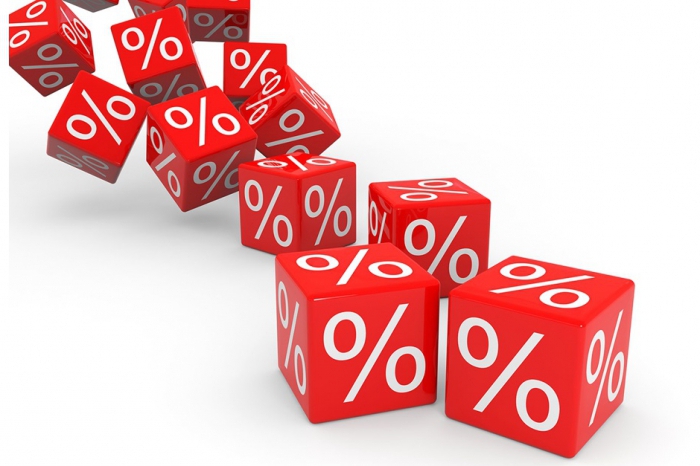
Regarding the trend of the first type, analysts single out the following set of factors that determine its appearance: an increase in the salary of citizens, an increase in investment in the economy, an increase in the intensity of government spending, expressed in a more dynamic demand for military products, educational, and consulting services. Demand inflation is caused in many cases by a higher standard of living of the population - and this is one of the reasons why this economic trend is often viewed in a positive way.Of course, when it comes to moderate rates of depreciation of the national currency.
Supply Inflation Factors
What are the main causes of inflation demand we reviewed. Let us now examine the specifics of the second trend related to supply shortages. What factors influence its formation? Oddly enough, those that we named may well be so. The fact is that improving the well-being of the population may well be combined with the trend under consideration, when manufacturers cannot supply the market with the necessary volumes of goods and services for which demand is observed - while maintaining its stability or growth.
Another reason for supply inflation may be the increase in costs that accompany the production of goods and services. Among those - the cost of raw materials, fuel, utilities and other infrastructure resources. An enterprise at which costs are rising may in some cases be forced to reduce the production of certain goods or services.
Supply inflation can be predetermined by the monopolization of individual segments of the economy and the subsequent setting by suppliers of prices that are comfortable only for them. That is, the company may not invest in the release of new goods and services, but receive stable revenue for them, determined on the basis of monopoly prices or due to rising prices due to the emerging supply deficit.
Demand inflation and cost inflation may arise due to erroneous financial policies of the authorities. This can be expressed, for example, in an incorrectly functioning system of tax collection or distribution of budget revenues. An indicator of an erroneous monetary policy may be the unreasonably high refinancing rate of the Central Bank, as a result of which cheap loans needed to launch new industries in order to meet market demand for goods become unavailable to businesses.
Consequences of inflation
So, we studied the main causes of demand inflation and a similar trend, determined by supply shortages. Our next task is to examine in more detail the consequences of inflation. Economists distinguish the following main groups: positive, neutral, negative.
Regarding the positive effects of inflation, one of them is government revenue, extracted from the additional issue of monetary currency. Authorities can use this measure simultaneously with the liberalization of tax policy. In this sense, the state solves three social problems at once: it replenishes the budget deficit, increases the financing of the corresponding programs, and also ensures the loyalty of citizens regarding the tax burden. At the same time, too active monetary emission leads, one way or another, to cheapening the cash currency available to citizens. In this case, we can talk about reducing real incomes of people. We will consider the corresponding aspect in more detail later.

Another positive economic effect, accompanying inflation - cash flow accelerates, which determines the successful development of the banking sector of the state. Market participants seek to invest money more intensively, if we talk about citizens - more actively buy goods and use services. People are growing interested in various banking products - deposits, through which investors can compensate for the depreciation of the national currency, loans - which people will take in order to purchase the desired goods or use the services. An overpayment on interest can be comparable with inflation in this case, and it will not matter if the person accumulates the required amount himself or takes the money from the bank.
Inflation of excess demand or supply deficit in rare cases may not affect the economy in any way. Her influence will be neutral.As a rule, a similar scenario is typical for very small inflation rates fixed in developed economies.
The negative effects of inflation
Some of the negative effects of inflation we examined above - this is a decrease in the level of interest of citizens and enterprises in cash payments, the reluctance of citizens to work and engage in entrepreneurship more efficiently. Other consequences of inflation include the so-called “menu costs”, which are reflected in the fact that stores are constantly changing their price tags for goods, renegotiating contracts with suppliers — this takes time, and employees must pay extra for this work.
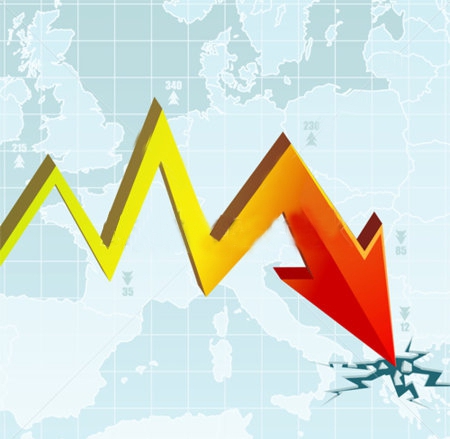
Inflation costs can be expressed in the occurrence of difficulties in the organization of certain production processes. For example, if goods are increased by any components during the assembly of household appliances, then all production can stop, since it makes no sense to produce goods that do not contain the corresponding parts.
The consequences of negative inflation
The economy may also experience negative inflation. It implies an increase in the purchasing power of the national currency relative to domestic prices for goods and services. This phenomenon is called deflation. As we noted above, inflation, if we talk about its moderate pace, is considered quite normal for a capitalist economy. Inflation factors of supply or demand are often represented by an increase in the well-being of the population or the success of the state in terms of economic development. In turn, deflation in many cases is seen as a negative phenomenon for the economy. What is the reason for this?
As we know, demand inflation is caused by an increase in the money supply at the hands of the population, most often as a result of rising wages. In turn, deflation is the result of a decrease in citizens' incomes and a decrease in their purchasing activity. Due to the fact that demand is falling, producers of goods and service providers are forced to cut prices. However, in some cases, deflation is associated with natural market processes, reflecting lower selling prices for products and services due to increased competition between businesses. In this case, this trend is more likely to indicate the successful development of the economy.
Inflation and real incomes of citizens
Above, considering what the result of inflation of demand or supply can be, we noted that the cash available to citizens can depreciate with corresponding trends. However, with the proper level of their quantitative growth - for example, in salaries real incomes of people can grow.
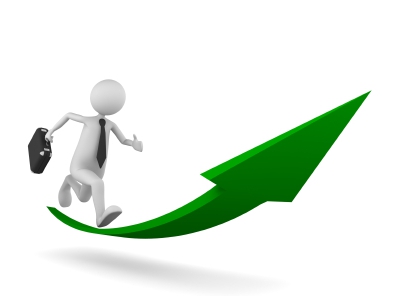
If, for example, inflation was 4%, and a person’s salary increased by 10%, then he will not notice a price increase. His real incomes are increasing. In this sense, the effect of inflation on the economy is useful to compare with the phenomenon under consideration - real incomes of citizens.
Summary
So, the types of inflation considered by us - demand inflation or resulting from a shortage of supply - what are their most remarkable characteristics?
Regarding the first trend, it should be noted that it is formed largely due to the fact that the level of well-being of citizens is increasing. If inflation indicators allow us to characterize it as moderate, we can say that the corresponding trend indicates that the state economy is growing and developing well.
A decrease in the purchasing power of the national currency due to a shortage of supply may be an indicator, in turn, of significant problems in the country's economic system. It is not enough to know the conditions that determine inflation. Inflation of supply and demand can be formed due to similar factors, however, the economic effect can be determined differently.Thus, it is necessary to analyze the sectoral aspects of the development of the national economy and identify what is the reason for the shortage of a particular type of goods or services.
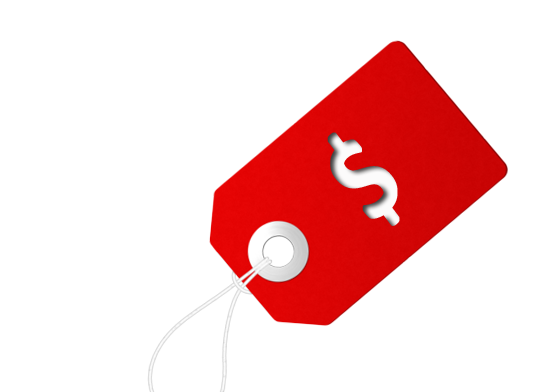
Considering the impact of inflation on the economy, it should be compared with real incomes of citizens. It can be noted that it is their growth that largely determines its occurrence. In some cases, of course, the increase in the salaries of citizens is not related to inflation of demand or supply - it can be predetermined by the activities of subjects of the commercial sphere. However, correlation of the fact of currency depreciation with an increase in citizens' income is, in one way or another, a necessary action for an adequate assessment of the impact of the trends in question on the economy.
In addition to comparing the two indicators noted - inflation and real incomes - economists may use different criteria when analyzing the impact of the depreciation of the national currency on the country's economic system. Such indicators may be the Central Bank refinancing rate or, for example, indicators of the state’s current trade balance, allowing to assess the potential deficit of certain goods or services.








